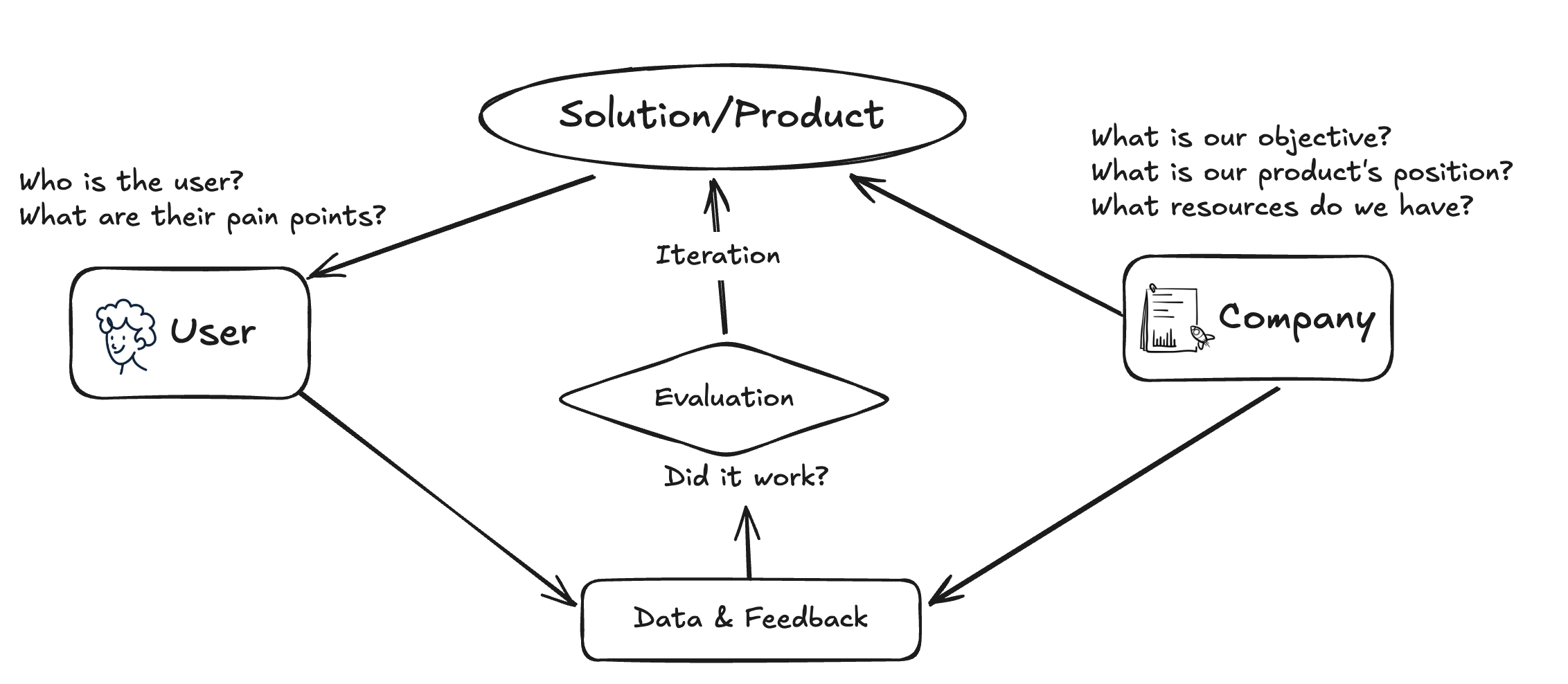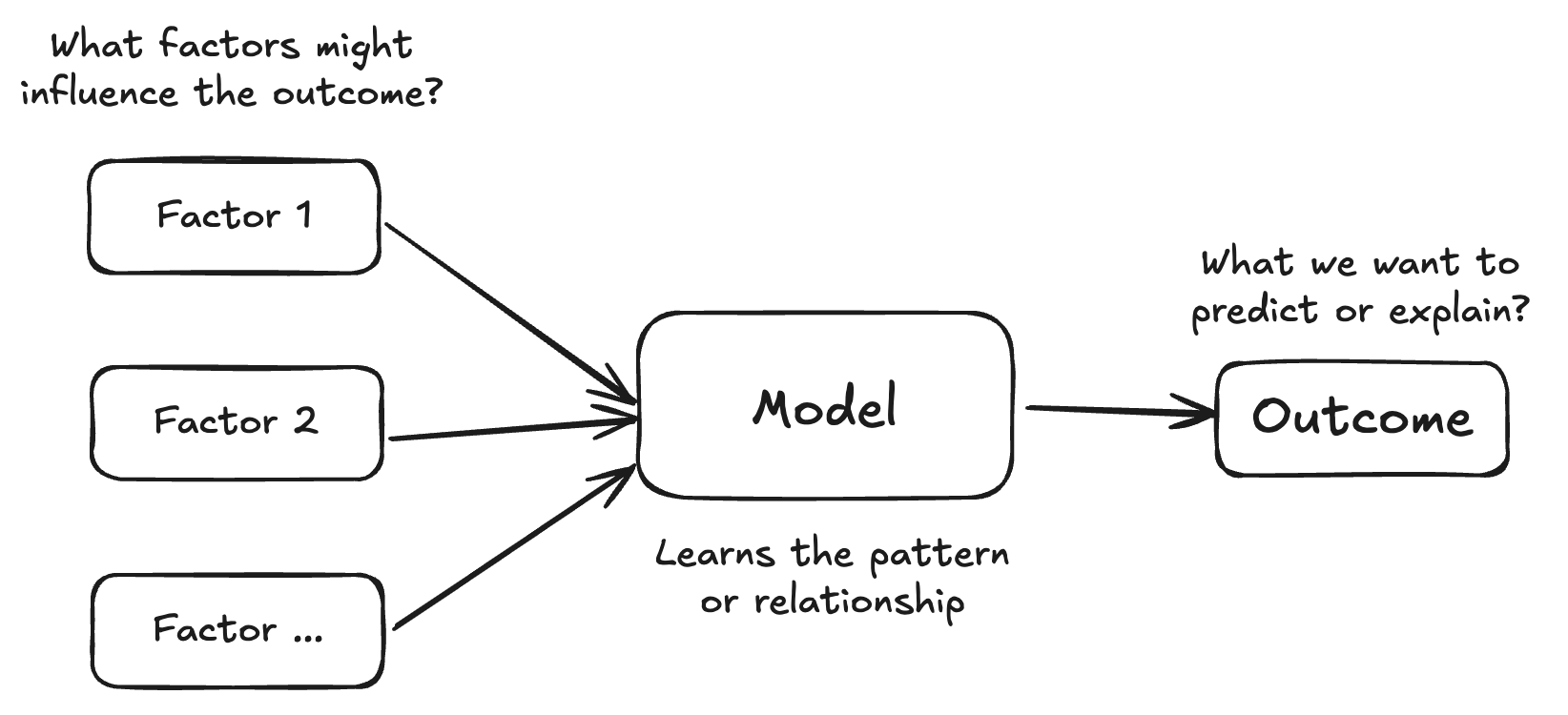Product thinking VS Model thinking
A reflection on how product thinking and model thinking shape the way I approach problem.
I recently completed my Master of Analytics degree. Beyond the technical skills I gained, what I found most valuable was learning to think differently.
1. Product Thinking
It is a mindset I’ve always used when solving problems. It focuses on:
- Who is the user?
- What are users’ pain points?
- What is our objective?
- What do we have?
- What is our product positioning?
- What kind of solution can bridge user needs and business goals?
2. Model Thinking
Model thinking is something different. It’s about understanding relationships and patterns between inputs and outcomes:
3. Two Mindsets in Action
Using job huntting case as an example:
If I use product mindset to think the stategy, I will start by asking:
- Positioning
- Who am I?
- What is the selling point?
- What’s my unique value?
- What is the objective?
- Am I targeting analyst roles, engineering roles, or something else?
- What type of company or industry do I want to work in?
- How is the job market?
- What roles are in high demand right now?
- What skills are employers looking for?
Based on this understanding, I tailor my CV, portfolio, and personal branding, just like crafting a product to meet user needs.
On the other hand, with a model mindset, I will treat job hunting as a system. In this system, various factors influence the outcome. I will start by asking:
- What is the objective?
- Getting a job offer
- What are the key influencers (inputs)?
- CV relevance
- Technical skill match
- Interview performance
- Job search activity (applications sent, networking)
- How much does each factor matter?
- Maybe the strongest predictor is how closely my background matches the role
- Or maybe a strong referral boosts success.
Based on this, I prioritize effort toward the most impactful factors, such as improving CV-job match or refining interview skills, so I can maximize the chance of success.
I’ve found both ways of thinking genuinely useful, and honestly, they’re making problem-solving more fun.

